Only professional riders have near-unlimited hours to train. The rest of us have to squeeze in cycling around professional, family and social commitments.
But you don't have to crank out triple-figure distances to boost your fitness and confidence. If you train effectively (a training plan really helps) it’s possible to make progress in a short space of time.
Whether your goal is to get better at sprinting or boost your cycling endurance, we’ll explain how to do so with advice from expert coaches and nutrition experts.
Every little helps

Abandoning an 'all-or-nothing' approach to training is key to improving fitness when time is short.
“Sometimes we think that unless we can do two-, three- or four-hour training rides then it’s just not worth it,” says Tim Lawson, former national-level cyclist and director of performance nutrition firm Secret Training.
However, even short workouts can be effective, especially in conjunction with the right exercise and dietary conditions.
“Just doing 20 minutes for six days in the week is two hours more than you would have done,” continues Lawson, “and it will contribute to your fitness and endurance levels in the short and long term.
“If you have the money but not the time, then a Wattbike indoor trainer will help optimise workouts, but there are plenty of cheap smart trainers, even reconditioned ones, that will do the job,” he adds.
How to train for endurance
Go hard with interval sessions
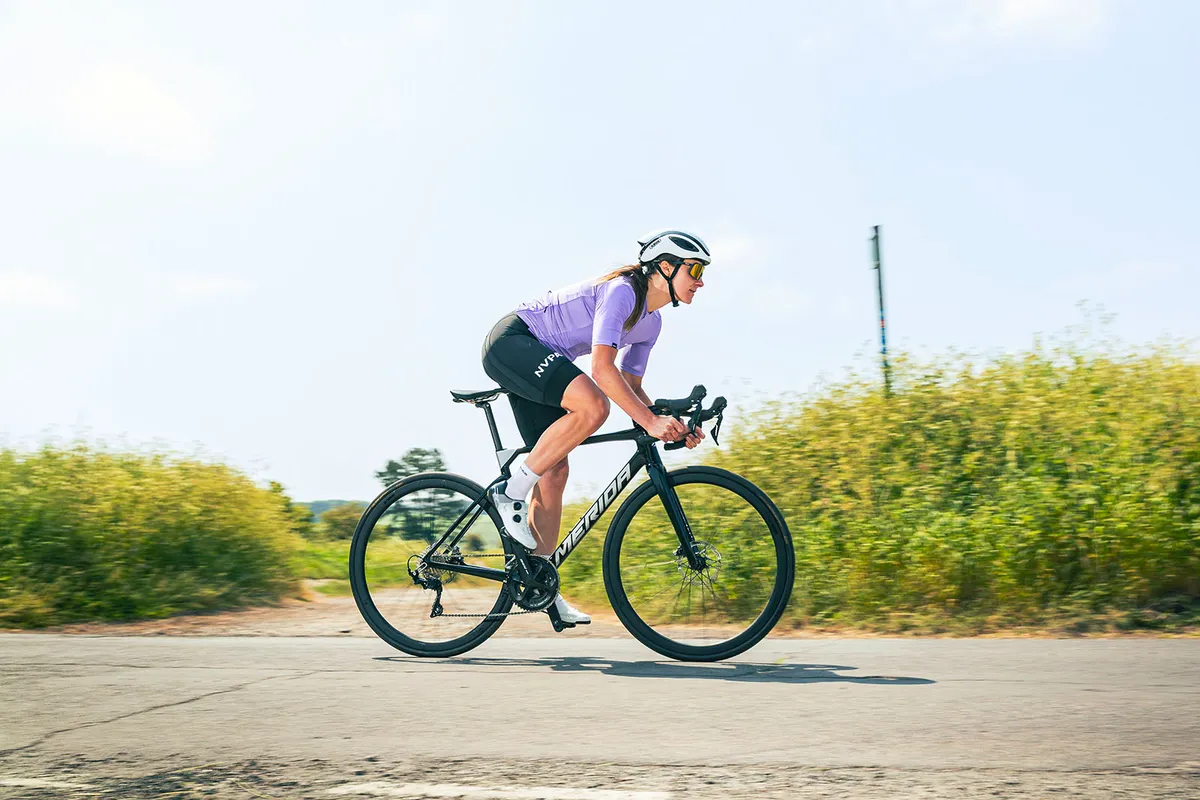
Lawson says going like the clappers during those precious minutes is one valid form of attack. “Studies show that two lots of seven minutes’ training can be as beneficial as much longer sessions at some training variables.
"If the intervals were 20 seconds full gas, 10 seconds off, you’ll reap rewards in no time – even 30 seconds’ sprinting every two minutes can be effective over a short time.”
Focus on steady-paced rides

“If you’ve only got 50 minutes at lunchtime in the working week, then you need to look at ways you can make that time count most effectively towards your goal,” says Ruth Eyles, a British Cycling Level 3 coach in road and time trial.
“If that goal is a sportive, then short bursts of interval sessions aren’t going to develop your endurance levels the way a steady 50-minute session at a continuous pace will.”
As much as you’d like to squeeze a 50-minute tempo ride on the open road into the middle of your working day, the truth is that, for many, a smart trainer at home is the closest they’ll get to sandwiching a ride into their day.
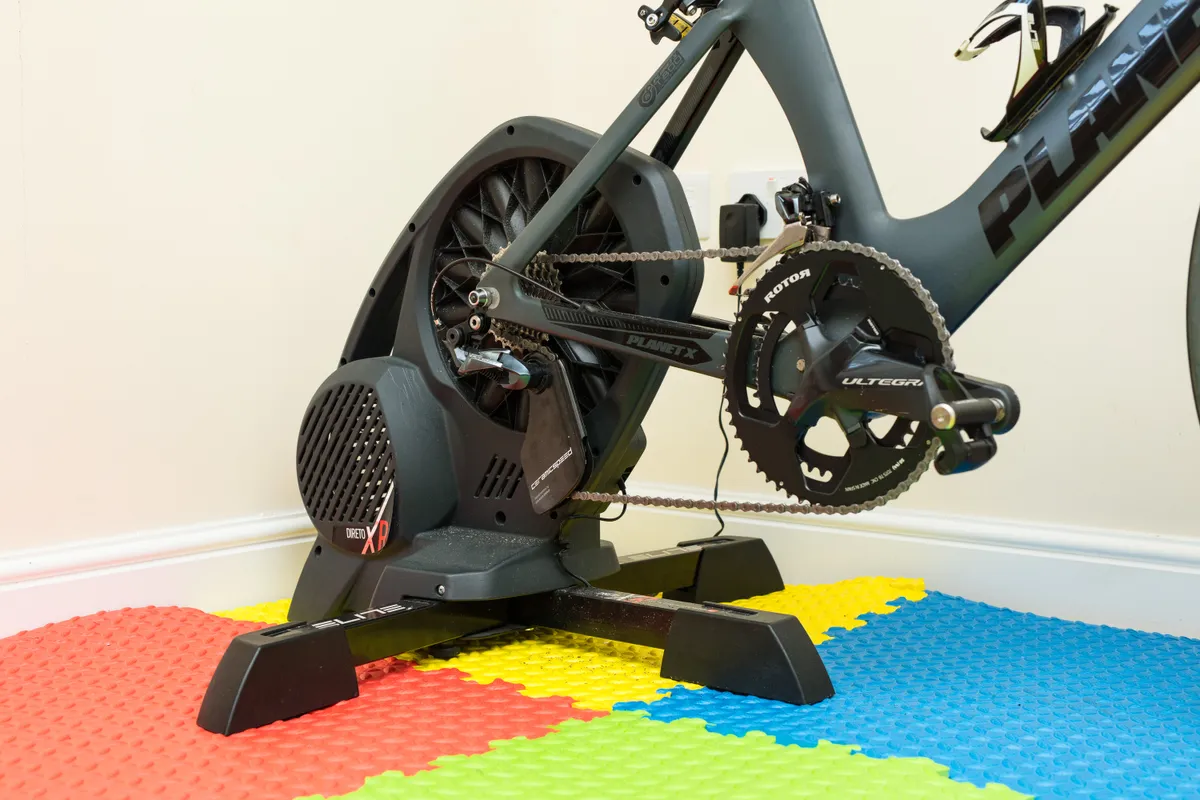
With no junctions or roundabouts to hold you up, one of the benefits of indoor cycling is the ability to spend much more time in the desired training zone. In a 60-minute turbo training session, you can ride for up to 50 minutes (allowing for a short warm-up and cool down) in zone 3, for example.
Research from the Odense University in Denmark demonstrates how steady workouts can have a more beneficial effect on a rider’s stamina too.
After five weeks, cyclists who’d ridden steadily – at 80 to 90 per cent of their VO2 max for 30 minutes per workout – measured a six per cent increase in their VO2 max scores against a group who did interval sessions and failed to raise their aerobic capacity at all.
Hit the sweetspot
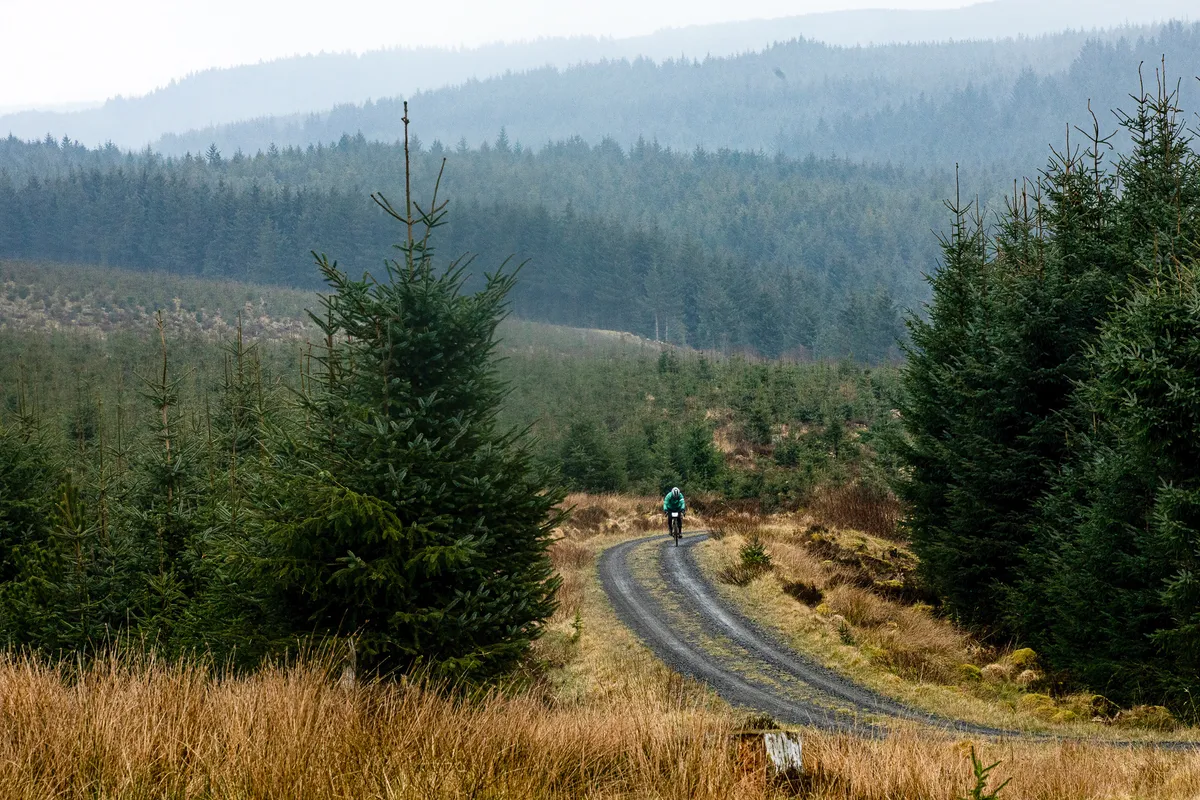
Paul Mill, of Elite Cycling Performance Coaching, coached Reza Pakravan to a world-record crossing of the Sahara desert by bike on less than 12 hours’ training per week.
“The word ‘endurance’ really is associated with hours in the saddle – and for riders with some blocks of time to commit, then endurance-boosting should be built upon steady, aerobic-based rides,” says Mill.
But if going at a higher intensity, as per sweetspot training, because you have limited time, has its merits, why doesn’t everyone just do it this way and save time?
“Because one major drawback with working at even a slightly higher intensity is that you become fatigued more rapidly than a rider training at a slightly lower level,” he explains.
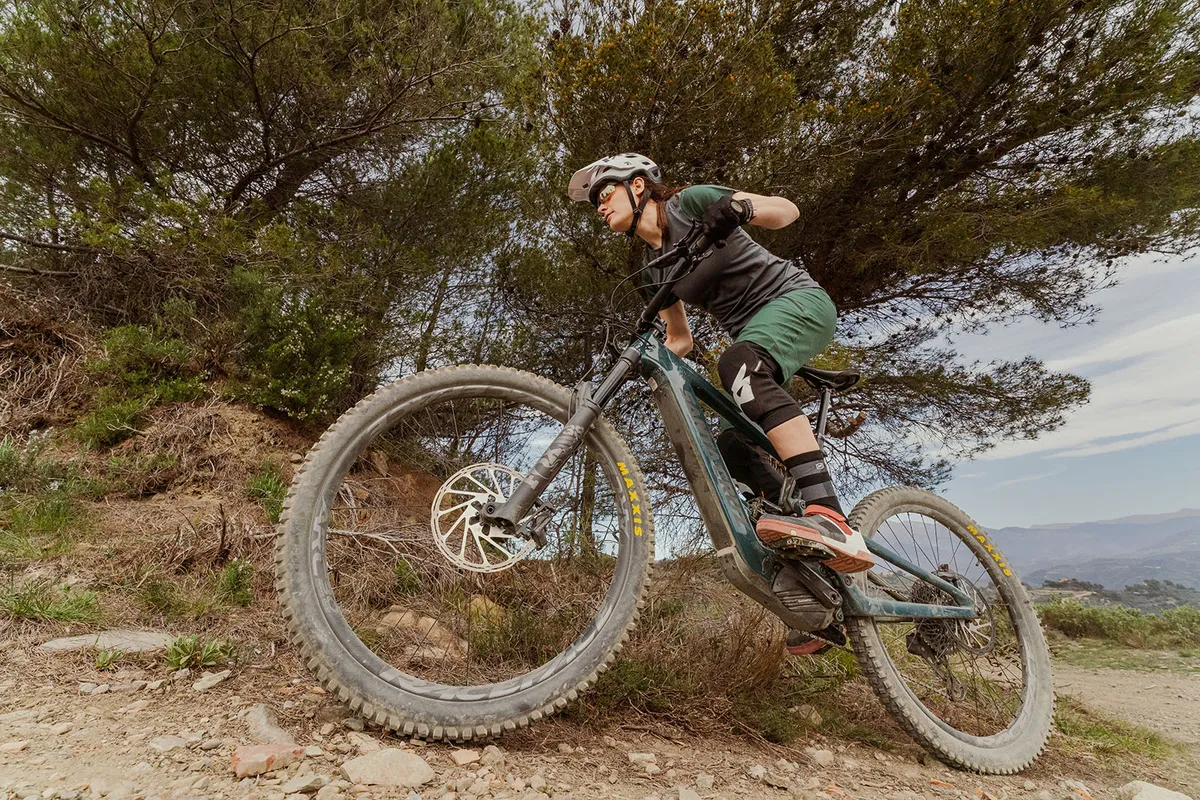
If you’re squeezing training around a full-time job in a ‘little and often’ pattern, you’re going to need the energy to train consistently.
“Session-wise, you can either just do your set as one long period at a higher rate or you may wish to break this into segments, especially if you’re just starting out,” he suggests.
“The key thing is to set goals such as keeping a steady heart rate throughout and, as you progress, you begin to decrease the rest period in between the intervals so you can then string them all together into one piece.”
How to train for the hills
Go on and off

Eyles says punchy interval workouts are ideal preparation for short and steep climbs in the UK.
“You can replicate these by interspersing your ride with smaller chunks of flat-out riding that would mirror those hills,” she says.
But longer, more demanding European ascents will require more work to raise your Functional Threshold Power, according to Eyles.
More watts per kilo
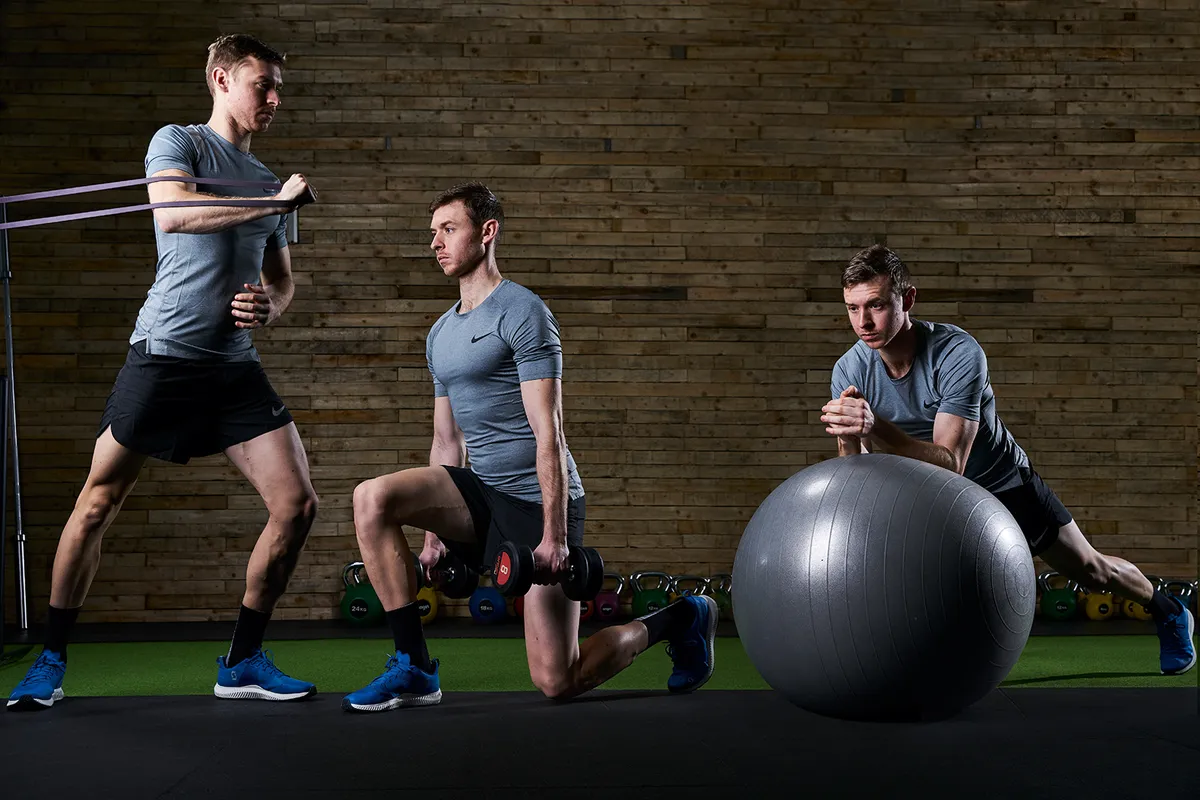
One of the most effective ways to improve your climbing ability is to boost your power-to-weight ratio.
You can either lose weight through cycling while maintaining power or increase power while maintaining weight.
Eyles agrees: “Improve your climbs by losing weight. It’s a hard truth for some, but it’ll help with the hills.”
In terms of your macronutrient intake, it’s vital to consume as much carbohydrate and protein as possible within an overall calorie deficit.
Performance nutritionist Ellen McDermott says the way to achieve this is by minimising fat consumption.

She adds that she’s regularly seen greater improvement in her athletes’ watts per kilo when they eat more protein, thereby building muscle mass, than when they’ve shed body fat.
Focusing too much on becoming lighter could harm your progress on the bike.
Team Jumbo-Visma nutritionist Asker Jeukendrup says your training will suffer without inadequate carbohydrate intake. In a calorie deficit, your body becomes stressed as it tries to maintain muscle.

Jeukendrup adds: “You have to reduce that stress by fueling well before, during and after the session and then try to cut out some calories at other times.”
How to train for speed
Ride 40/20s

Once again, interval training is seen as a sure-fire way to pick up the pace. “Intervals like 20 seconds just above threshold and 40 seconds just below it for six minutes can be really effective,” says Lawson.
“These 40/20s are used a lot by pros and you can do them on the trainer as well as outdoor."
Eat nitrate-rich food
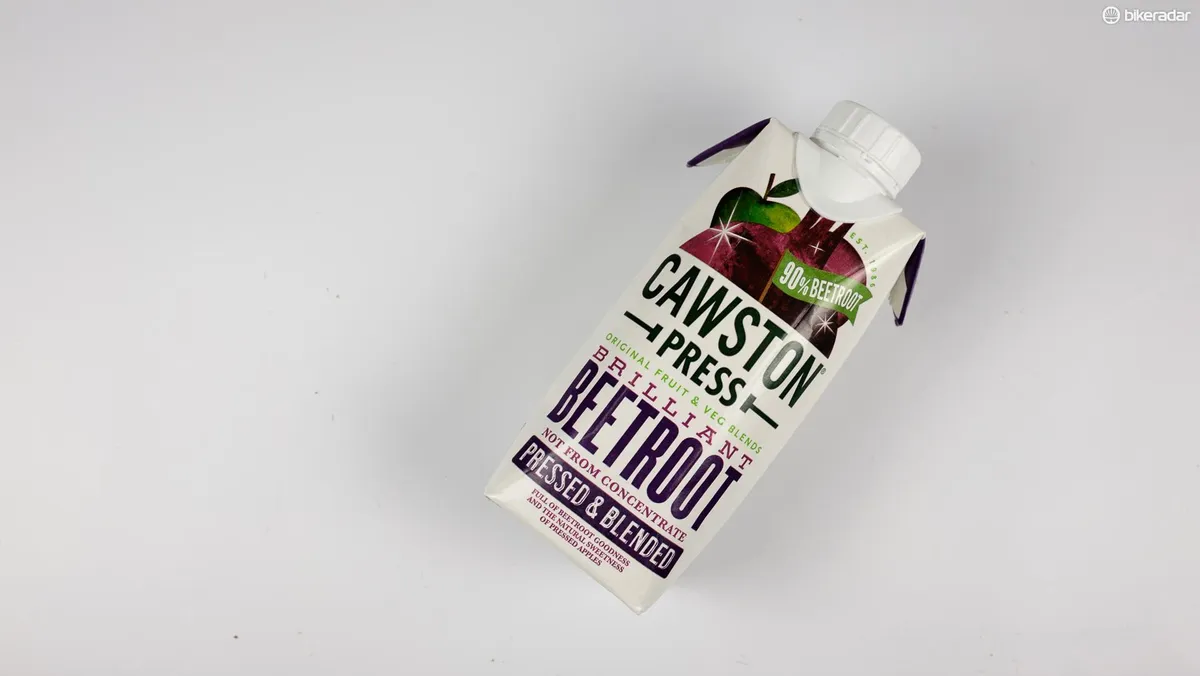
“A high nitrate diet will improve efficiency too,” he says. “Eat spinach, rocket and beetroot juice, or use nitrate source gels, which can up your pace by one to two per cent over just a few days.
“And use caffeine as a stimulant to kickstart training sessions.”
Ride (and move) whenever you can

“Never underestimate the benefit that comes with small chunks of exercise,” says endurance coaching specialist Joe Beer.
“Even if you’ve only got a short commute of 15 or 20 minutes a day, or a short ride to a station, don’t miss the chance to get those legs and wheels turning.
“If you’re able to ride for five or six hours a week, that’s great, but look to use the other 160 hours to your benefit too,” says Beer.
He adds that you should use everyday activities as cross-training. For instance, take the stairs instead of the lift and walk, run or cycle where possible instead of driving.
You could also do leg-strengthening exercises while showering or brushing your teeth.
How to maximise recovery time
Do nothing
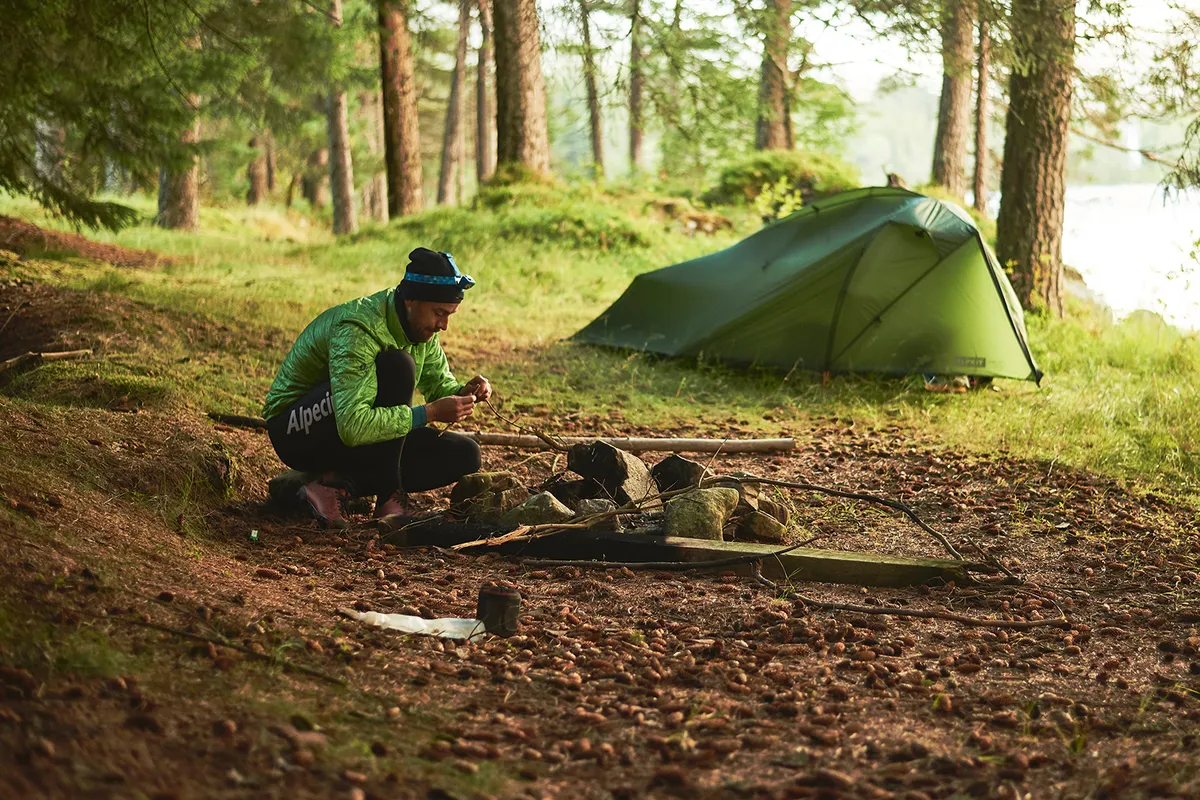
“Many cyclists don’t realise what it means to recover properly,” says Eyles. “Going shopping, or doing housework or DIY aren’t recovery.
“These activities use muscles and burn off calories.”
You may not be too popular around the house, but when you’re recovering you really should be doing as little as possible.
Use technology

“Learn about recovery bio-markers too,” suggests sport scientist Jeff Davis. “Use apps to help check your hydration levels, body weight, resting heart and oxygen saturations levels – these give clear indicators of your recovery status.”
Some recovery-monitoring tools, such as sleep and Heart Rate Variability trackers, are integrated into the best smartwatches.
Take time to stretch
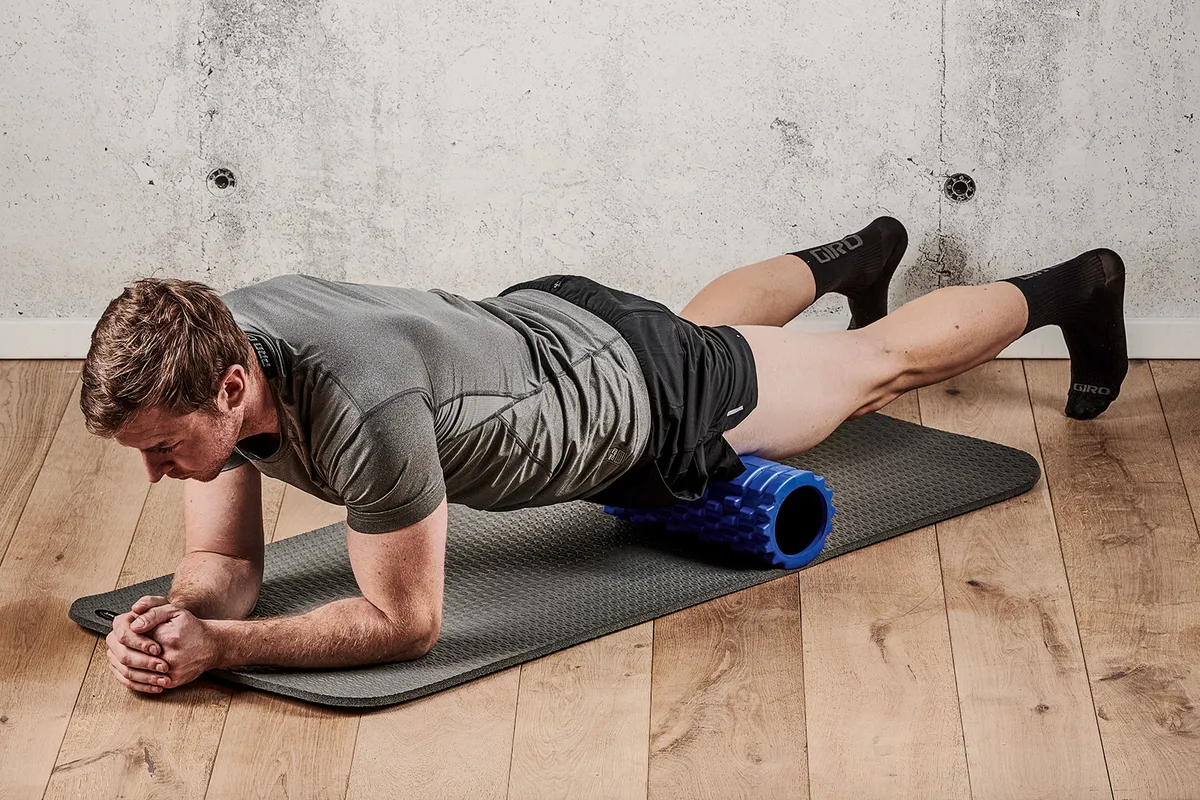
Post-ride stretching can reduce muscle stiffness, keep you supple and flush out waste products from the muscles.
Massage or foam rolling will also stimulate blood flow in your legs that will help speed up the recovery process in your muscles, helping to ensure you don’t miss a session through muscle ache.
Carbohydrate replacement
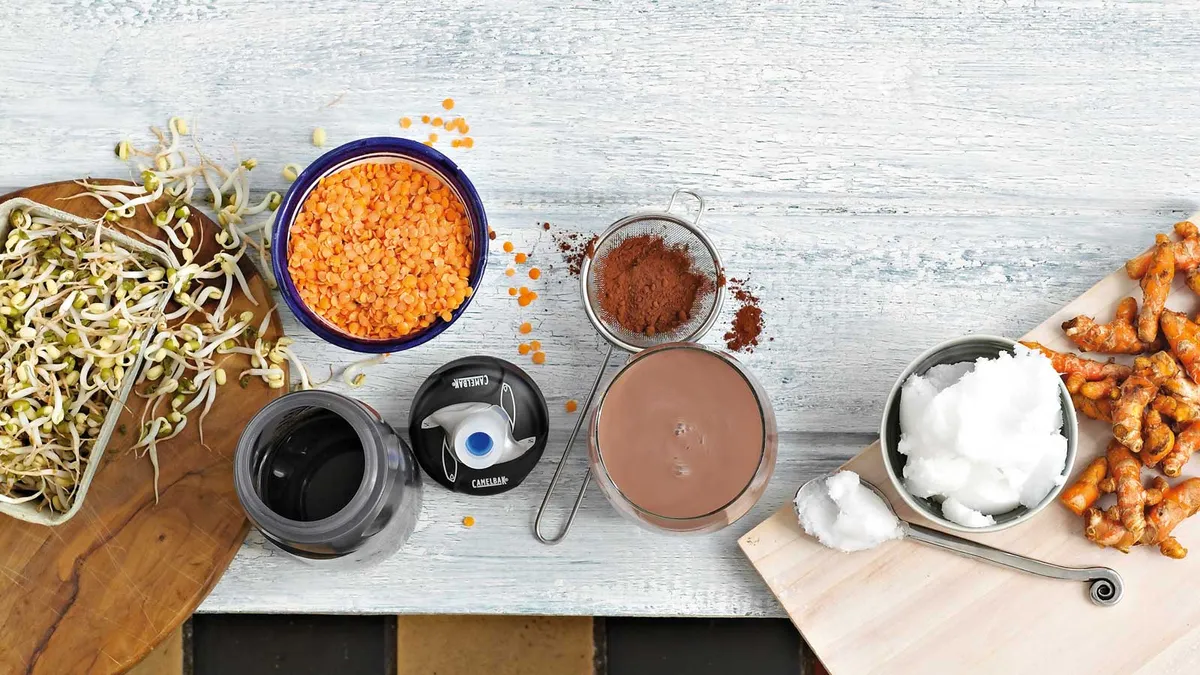
“One of the main sources of recovery is taking carbohydrate replacement within 30 minutes of finishing exercise,” adds Lawson. “Miss this window and you’ll regret it.”
There are numerous recovery products on the market, including carbohydrate drinks with protein, with a ratio of carbs to protein of at least 2.1, up to 5.1. Those with added glutamine will help your immune system recover from stressful workouts.
“You’ll still feel hungry,” says Lawson, “but be wise with your choice of foods.
“Try to add a portion of protein to your post-ride meal with the majority balance in favour of carbohydrate.”
